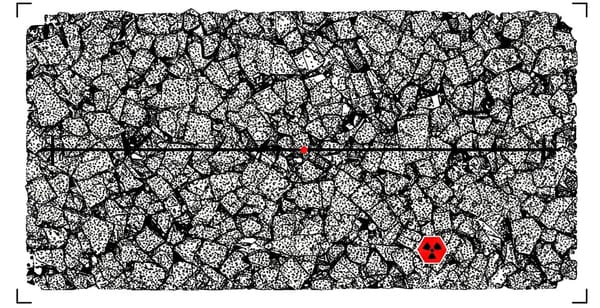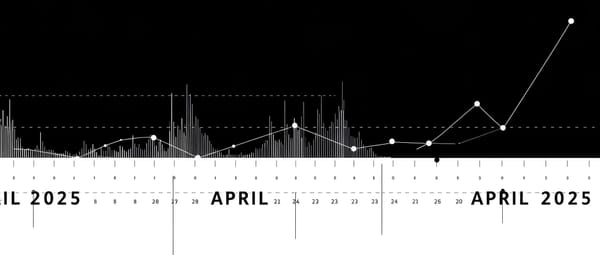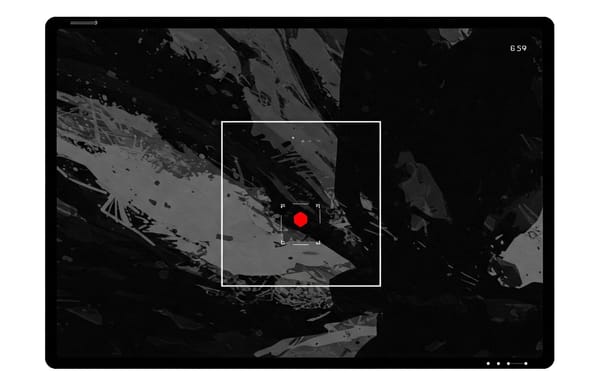Understanding Radiation: Types, Health Risks, and How to Measure It
Radiation, from sunlight to medical tech, is all around us but can be both helpful and harmful. Understanding ionizing vs. non-ionizing types, health risks, and safety limits is key to making smart choices for health, tech, and the environment. Let’s unpack the science behind the scenes.

Why Should You Care About Radiation?
Radiation is everywhere—from sunlight warming your skin to Wi-Fi connecting your devices. While it powers life-saving medical tech and modern conveniences, its invisible nature can also pose hidden dangers. Understanding radiation is essential for informed decisions about health, technology, and environmental safety. Let’s break down this double-edged sword's science, risks, and measurement.
Radiation 101: Ionizing vs. Non-Ionizing
Radiation falls into two categories based on its energy:
- Ionizing Radiation
- What it does: Strips electrons from atoms, damaging DNA.
- Types:
- Alpha particles: Heavy, slow-moving. Harmless externally but dangerous if inhaled (e.g., radon gas).
- Beta particles: Faster, penetrate skin. Risky in contamination (e.g., radioactive dust).
- Gamma rays/X-rays: Highly penetrating. Used in medicine but require shielding (e.g., CT scans).
- Neutrons: Rare outside nuclear reactors; cause indirect ionization.
- Non-Ionizing Radiation
- What it does: It lacks the energy to ionize atoms but can heat tissues or trigger photochemical reactions.
- Types:
- UV light: Causes sunburns and skin cancer.
- Microwaves/RF: Heat tissues at high doses (e.g., industrial equipment).
- Visible light/IR: Generally safe but intense sources can burn (e.g., lasers).
Health Effects: From Sunburns to Cancer
Radiation’s harm depends on dose, type, and exposure duration:
Ionizing Radiation Risks
- Short-term (Deterministic):
- Acute Radiation Syndrome (ARS): Nausea, burns, organ failure (doses >0.7 Gy).
- Skin Burns (CRI): Redness, blistering (doses >2 Gy).
- Long-term (Stochastic):
- Cancer: Increased risk even at low doses (per the Linear No-Threshold model).
- Genetic/Cardiovascular Effects: Emerging links to mutations and heart disease.
Non-Ionizing Radiation Risks
- Thermal Damage: Burns from microwaves or IR.
- UV-Specific Risks: DNA damage leading to melanoma and cataracts.
Key Insight: While ionizing radiation poses acute and chronic risks, non-ionizing threats (except UV) are mostly thermal and avoidable with precautions.
Measuring Radiation: Units You Should Know
- Gray (Gy): Energy absorbed per kilogram of tissue.
- Sievert (Sv): Accounts for radiation type (e.g., alpha = 20x more harmful than gamma).
- Dose Guidelines:
- Safe Range: <50 mSv/year (natural background is ~3 mSv/year).
- Danger Zone: >1,000 mSv causes acute illness; >10,000 mSv is fatal.
Why does this matter?
Radiation isn’t inherently “bad”—it’s a tool. Medical imaging saves lives, and nuclear energy powers cities. However, misuse or accidents (like Chernobyl) remind us that respect for its power is non-negotiable. Our next post will explore where radiation comes from, how to stay safe, and lessons from history’s worst disasters.




